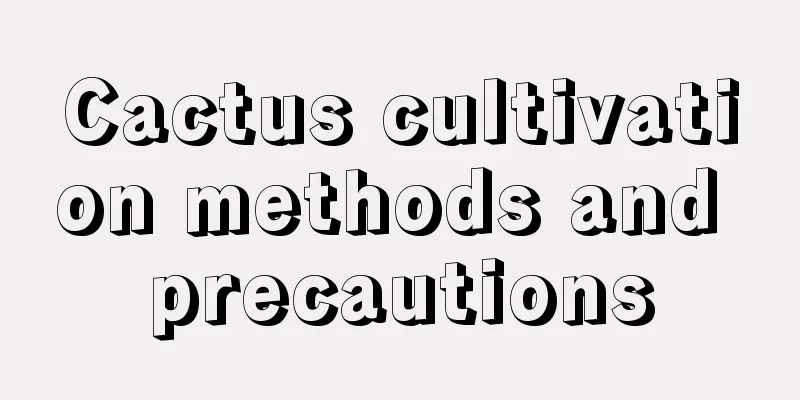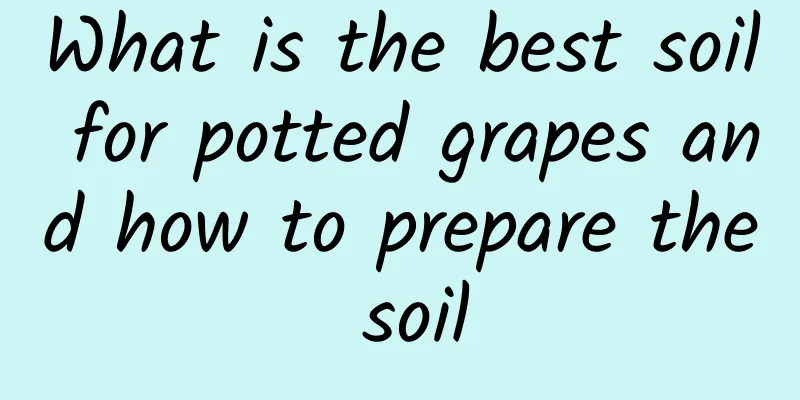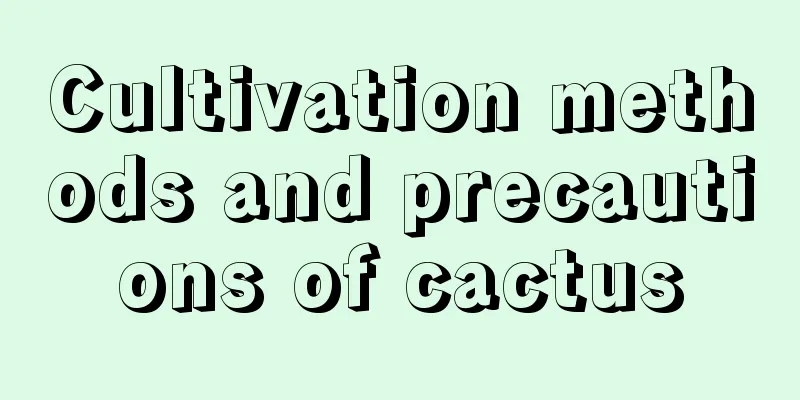Cactus cultivation methods and precautions

1. SoilCactus is not very strict about the soil, but it must be loose and well-permeable. Its roots will release organic acids. If the soil itself is very sticky, the organic acids will cause the soil to become compacted. After watering, the water will not evaporate easily and will cause root rot. You can use leaf mold, river sand or peat and perlite, mix them in a 1:1 ratio for planting. 2. LightingCacti require relatively strong light during their growing period, but there are some special species, such as cacti in tropical rain forests such as Christmas cactus and false epiphyllum, which do not have particularly high requirements for light and need to be grown in scattered light. Direct exposure to sunlight in summer can cause burns. It has a certain tendency to chase light. If the indoor light cannot meet the requirements, its growth point will face the source of light and become thin and weak. 3. WaterThere is a principle to manage the water of cactus: it is better to keep it dry than wet. Just water it thoroughly when it is completely dry. 4. TemperatureCactus can grow normally at temperatures above 5 degrees. Some varieties can tolerate low temperatures, but they cannot tolerate long-term low temperatures. If the temperature is below 0 degrees for a long time, frost damage will occur. 5. NotesDuring the dormant period and low-temperature dormant period, you must pay attention to water control, do not water, and do not water too much, otherwise rot will occur. Some of its bristles can hurt people when caring for it. If there are pets or children in the family, you must take good protection to avoid unnecessary injuries. |
<<: Cultivation methods and precautions of Dieffenbachia
>>: Rubber tree cultivation methods and precautions
Recommend
Effects and functions of litchi, pictures of litchi
1. Effects and functions of litchi Lychees are wa...
What is the reason for the succulent growth?
1. Insufficient UV rays Why do we talk about ultr...
The efficacy and function of Duzhanchun
Ornamental value As its name suggests, Duzhanchun...
Cultivation methods and precautions of yellow wood fragrance
1. Breeding methods 1. Soil: It is not very deman...
Imitation of wild Dendrobium officinale efficacy
1. Nourishment It is a medicinal material that ha...
Honeysuckle cultivation technology and management
Honeysuckle is widely favored by consumers for it...
Mulberry leaf peony cutting propagation method and precautions
How to propagate peony Mulberry leaf peony is hib...
How to prune gardenias, gardenia pruning methods
1. Pinching and topping When gardenia first start...
Water and fertilizer management and flowering period control of Rhododendron dew
1. Fertilizer management of dewdrop azalea 1. Soi...
Diseases and Pests of Euphorbia pulcherrima and Their Control
Physiological diseases of Euphorbia pulcherrima F...
How to grow hydroponics more vigorously
It is best to grow the smooth sailing plant hydro...
Why are the leaves of flamingo yellow?
1. Improper moisture Yellowing leaves may be caus...
Cherry's growing environment and local conditions
Cherry growing environment and conditions Cherrie...
The efficacy and function of Rehmannia root
The common growing area of Rehmannia glutinosa ...
Does daylily prefer shade or sun?
Does daylily prefer shade or sun? Daylily is easy...









